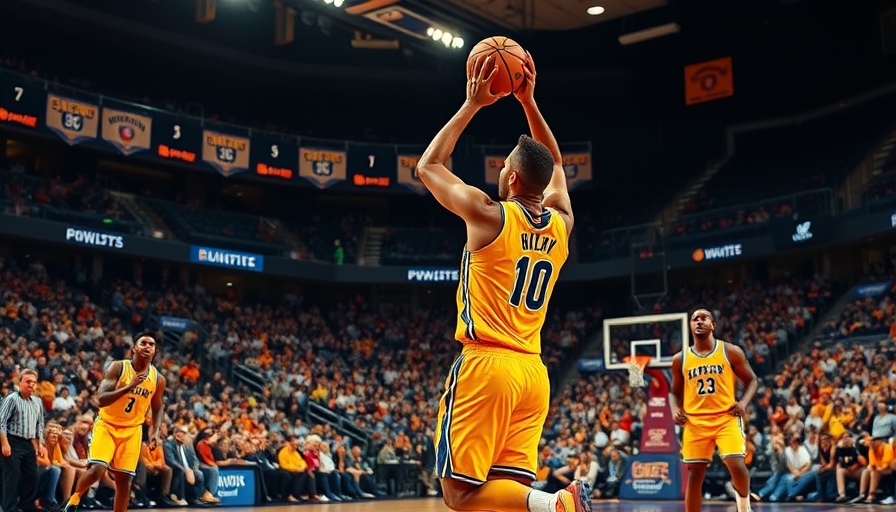
Maximizing Impact: The Strategies Behind Effective Super Bowl Advertising
The Super Bowl is more than just a championship game; it’s a global stage where brands showcase their creativity and strategic prowess. In a landscape where advertisers compete for attention amidst record-breaking viewership, understanding the dynamics of effective Super Bowl advertising is essential for any business aiming to make a profound impact.
The Influence of Data on Creative Processes
Modern advertising during the Super Bowl is increasingly reliant on data-driven insights. Industry leaders stress the importance of iterative development—testing concepts early and often. According to Nataly Kelly, CMO at Zappi, understanding real-time consumer reactions equips brands to refine their ad strategies long before game day. Similarly, Megan Ramm from Uber highlights that data fuels their creative decisions, such as featuring trending personalities in their commercials.
However, the balance between creativity and data is delicate. Laura Petruccelli, co-founder of nice&frank, cautions that while data can inform, it should not stifle creativity. Instead, data should validate innovative ideas, allowing creatives to take calculated risks.
Understanding Consumer Expectations
Super Bowl commercials aren't just ads; they are an experience that consumers look forward to. Avery Akkineni from VaynerX notes that viewers are not merely passive—they seek entertainment and memorable moments as they gather around screens with family and friends. The blend of humor and emotional storytelling has proven effective, as PepsiCo's Mark Kirkham emphasizes. Successful ads evoke colorfully engaging narratives that resonate with the audience’s feelings.
Pre-Game Buzz and Strategic Integration
With unprecedented advertising costs—over $8 million for a mere 30-second spot—first-time advertisers often find themselves at a disadvantage. Brands like MSC Cruises and Liquid Death are embarking on their Super Bowl journeys, employing strategies that extend beyond the ad’s airtime. Building anticipation weeks before the kickoff through social media snippets and behind-the-scenes looks creates momentum that translates into higher engagement post-game.
Moreover, connecting the ad narrative with digital content—such as TikTok and streaming ads—ensures that brands maintain the conversation long after the game ends. This continuous engagement is critical to measuring ROI effectively in an era where traditional metrics fall short.
The Growing Role of Programmatic Advertising
Programmatic advertising is a game-changer. It allows brands to stretch their advertising budget efficiently across various platforms outside the traditional TV sphere. Utilizing CTV and social media, brands can ensure they reach their audience before and after the game, maximizing their advertising investment.
Geotargeting and contextual advertising strategies enable brands to reach consumers directly in the moments leading up to the game. For instance, serve ads relevant to upcoming Super Bowl parties or grocery store shoppers near game day, making the advertising feel personal and context-aware.
Conclusion
The Super Bowl advertising landscape is ripe with opportunities for those courageous enough to innovate. Companies must not only invest in the moment during the game but also in a strategy that perpetuates consumer engagement long thereafter. From blending humor with storytelling to leveraging the power of data and programmatic advertising, brands can ensure their ad heroes—like those in the game—don’t just shine for a brief moment but leave a lasting legacy in consumers’ hearts.
 Add Row
Add Row  Add
Add 




Write A Comment